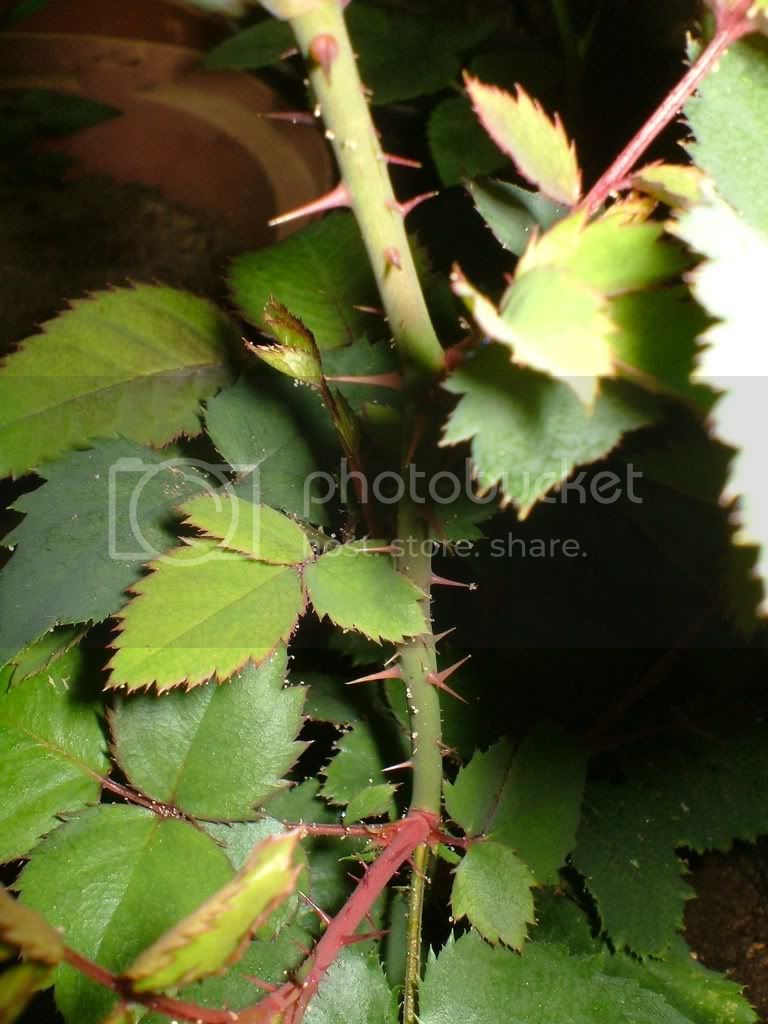Hi Robert,
“On the other hand I disagree that the number of species integrated into genome will ultimately be few. I think there will be many more.”
I am in total agreement with this - that many species will/can/should be used. What I meant to say is that from a particular species that is being used, that very few of its genes/traits would ultimately be incorporated into the rose. This is also the problem that I think Pierre is talking about - that when backing crossing to modern roses that there is ultimately an impoverishment of original species genes that are brought in.
As I mentioned, however, this will happen from the necessary backcrossing and inbreeding to permit expression of desirable recessive traits. But even when that happens, we can be sure that there are still many “unseen” recessive traits that will find their way into the rose genome.
Rose X species hybrids are almost without exception “ugly ducklings”. The genetic diversity that they contain though can be truly exciting. With subsequent generations and taming, something fantastic and breath-taking may result.
Henry, thank you for your comments about the hulthemias. My strategy in using them has been to not just get the blotch, but also to preserve as many hulthemia genes as possible. That is why I have worked at producing several different lines of repeat bloomers, each line though coming from ‘Tigris’, is down a separate path so to speak, through ‘Persian Sunset’, ‘Tiggle’, and my own ‘Tigris’ hybrid, “H65-2”. Instead of working down a single line, I am trying to make crosses between the different lines, and I have continued to work with ‘Tigris’. We are all very fortunate and thankful for the opportunity to use ‘Tigris’ through the work of Jack Harkness. Without it, the path would have ended prematurely.
Let me say however, that ‘Tigris’ (the phenotype) with the exception of its yellow petals and a red/burgandy blotch at the base of its petals, has very little that is desirable. In fact, I would say that everything else that is represented in its phenotype should be “tamed” out of it (eliminated!). That is not to say that there are not perhaps desirable recessive hulthemia genes in ‘Tigris’ that might produce something very interesting in modern roses. That is the very reason that I have been careful not to move forward through just one line coming from ‘Tigris’.
Pierre, I like the way that you say that opinion diversity is also needed. I absolutely agree! And I enjoy all of your comments! Regarding ‘Honey Dijon’, it is great to hear that it has made it to Germany - I would love to make it there someday also! I must say though that ‘Honey Dijon’ certainly does not offer any better blackspot resistance than the average modern rose. I am just by nature a “sucker” for novelty.
Jim Sproul




